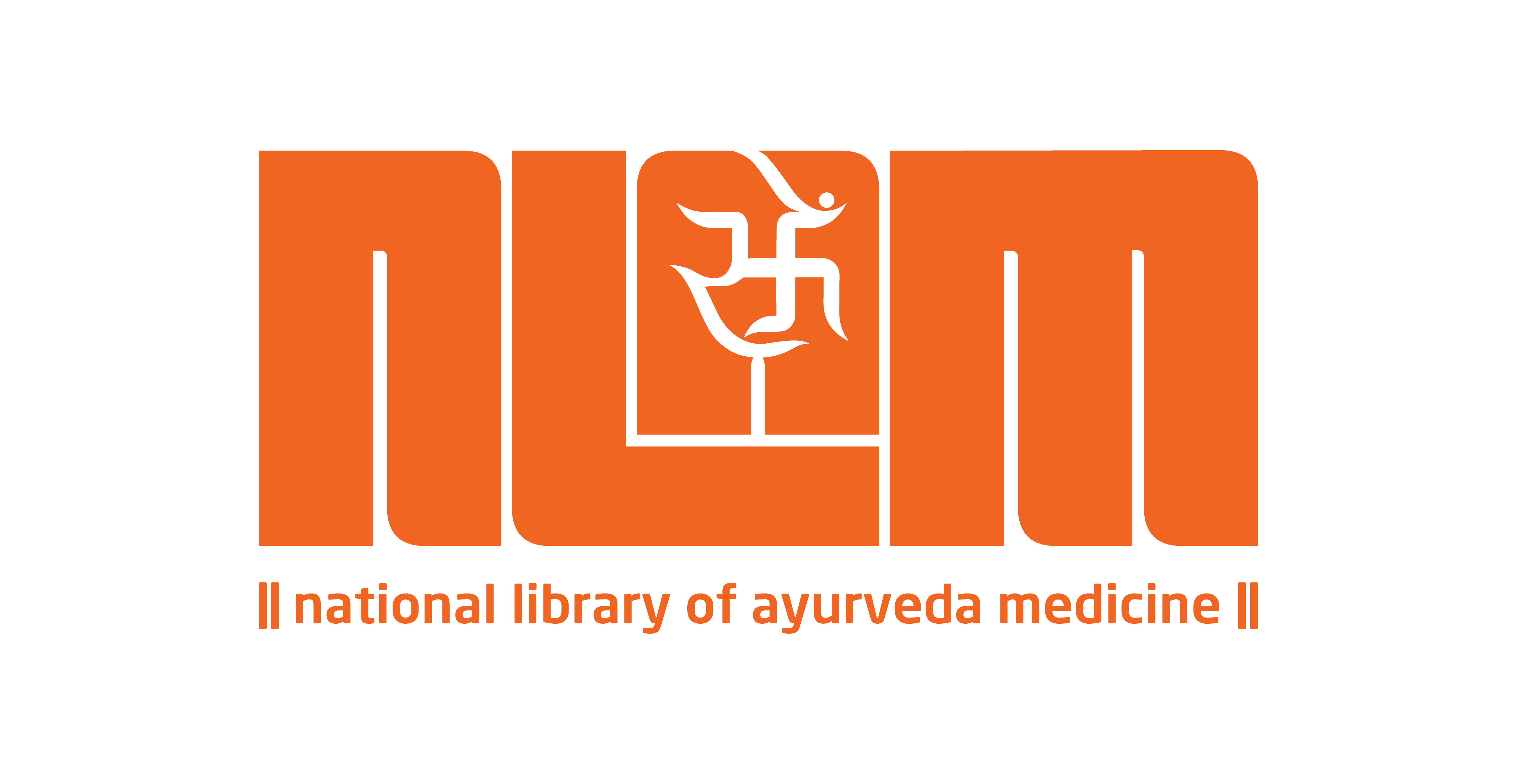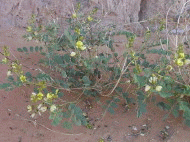
Swarnapatri (Species 1)

Common Names
About  Taxonomy
Taxonomy
 to access the GRIN database record about the specific taxonomical hierarchy (Family, Genus etc.).
to access the GRIN database record about the specific taxonomical hierarchy (Family, Genus etc.).CLASSIFICATION
ALTERNATE FAMILY
OTHER FAMILY:
TRIBE
SUBTRIBE
CLASSIFICATION
SPECIES
Plant Description
A diffuse perennial herb 0.3-1 m high; stems glabrous, pale green, obtusely angular, striate, somewhat woody below; branches spreading, glabrous except the very young parts. Leaves 5-10 cm long; rachis glabrous, striate, without glands between the leaflets; petioles 1-2 cm long; stipules 0.5 cm long, obliquely lanceolate, very acute. Leaflets 3-6 (rarely 7) pairs, 2-2.5 by 0.9-1 cm. broadly oblong or obvate- oblong, obtuse, mucronate, pale green above, glaucous and glabrous or puberulous beneath, base obtuse. Flowers in axillary peduncled racemes which elongate in fruit and are ultimately longer than ss pedicels very short. Calyx 9 mm long, divided to the base; segments oblong, obtuse,membranous. veined. Petals 1 cm long, obovate- oblong, shortly clawed, yellow, reticulate with darker veins. Perfect stamens 7, very unequal, the 2 or 3 lowesrt much the largest, the staminodes minute; filaments short. Ovary densely pubescent. Pods 2.5-4 by 1-2 cm, flat, thin, papery, glabrous, rounded at both ends, much recurved, tranversely veined and with a line of prominent longitudinal crest down the middle pod over the seeds, the sutures very thin, and the persistent base of the style near the apex of the shorter side of the pod. Seeds 6-12, wedge shaped, 6 by 3 mm, truncate or retuse at the apex,finely reticulate-rugose and with a transverse ridge acorss the middle of each face, dark-brown, shining.
Flowering - Fruting : November - February.
*Description source: Flora of Savantwadi



 Your current navigation map.
Your current navigation map.